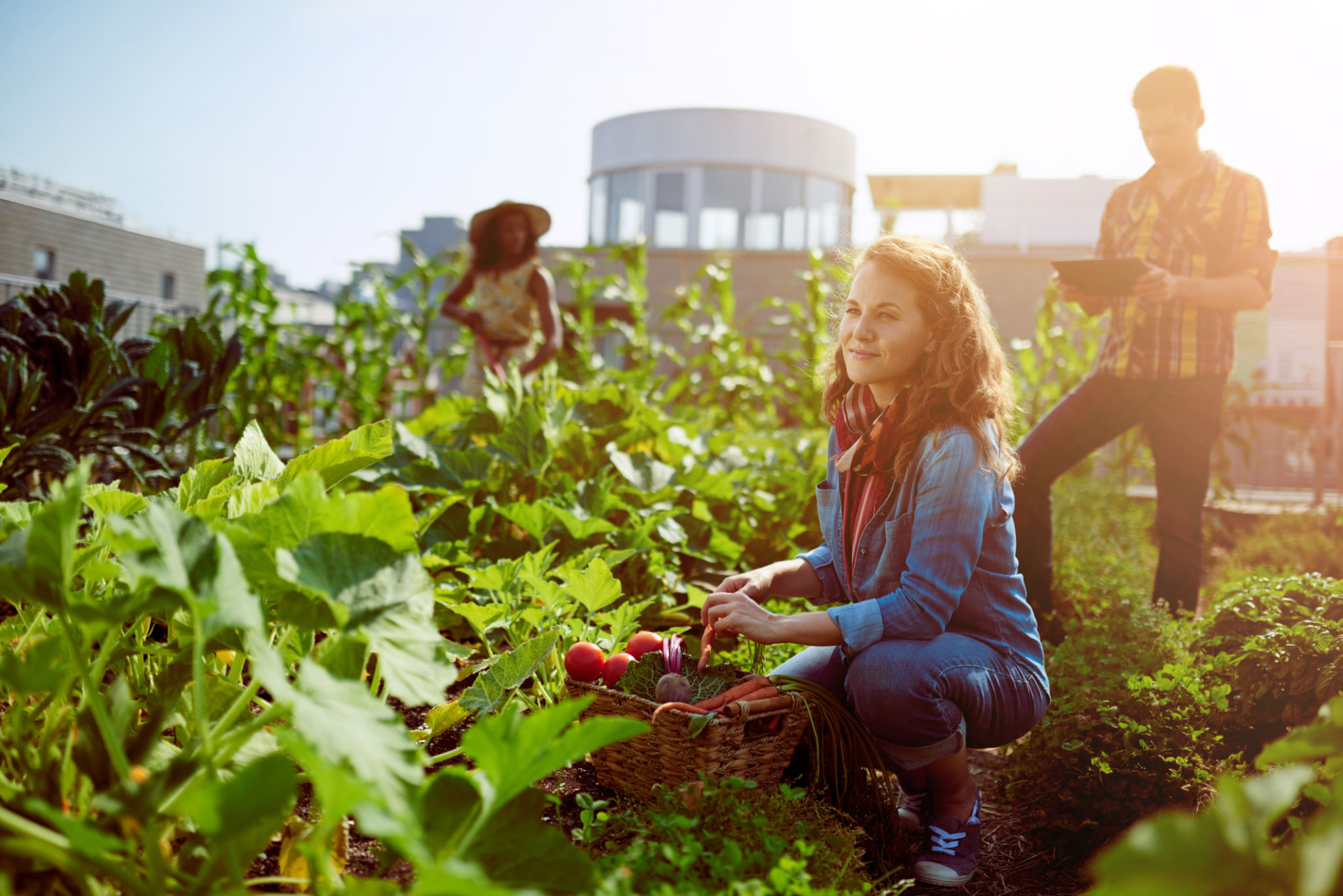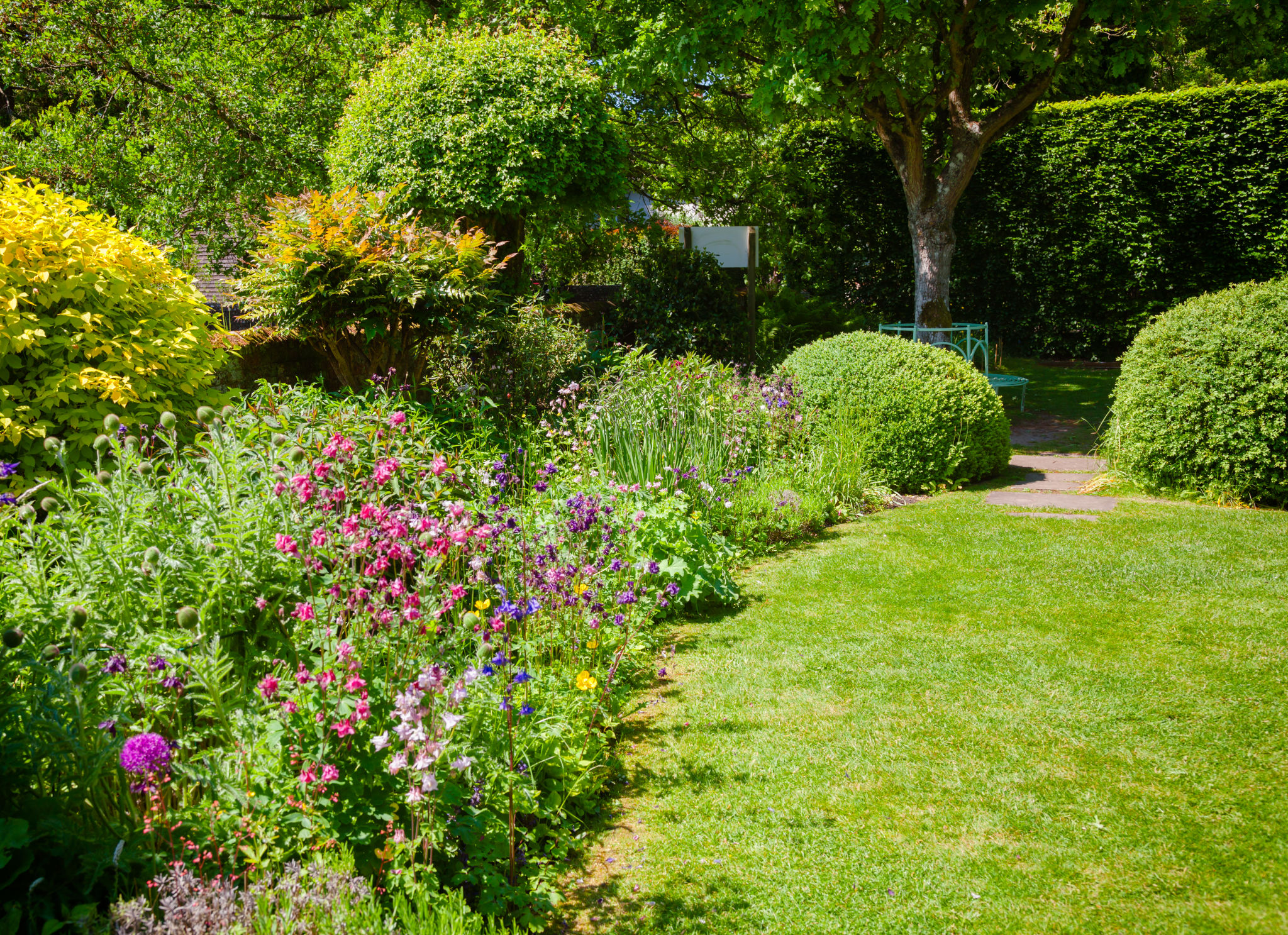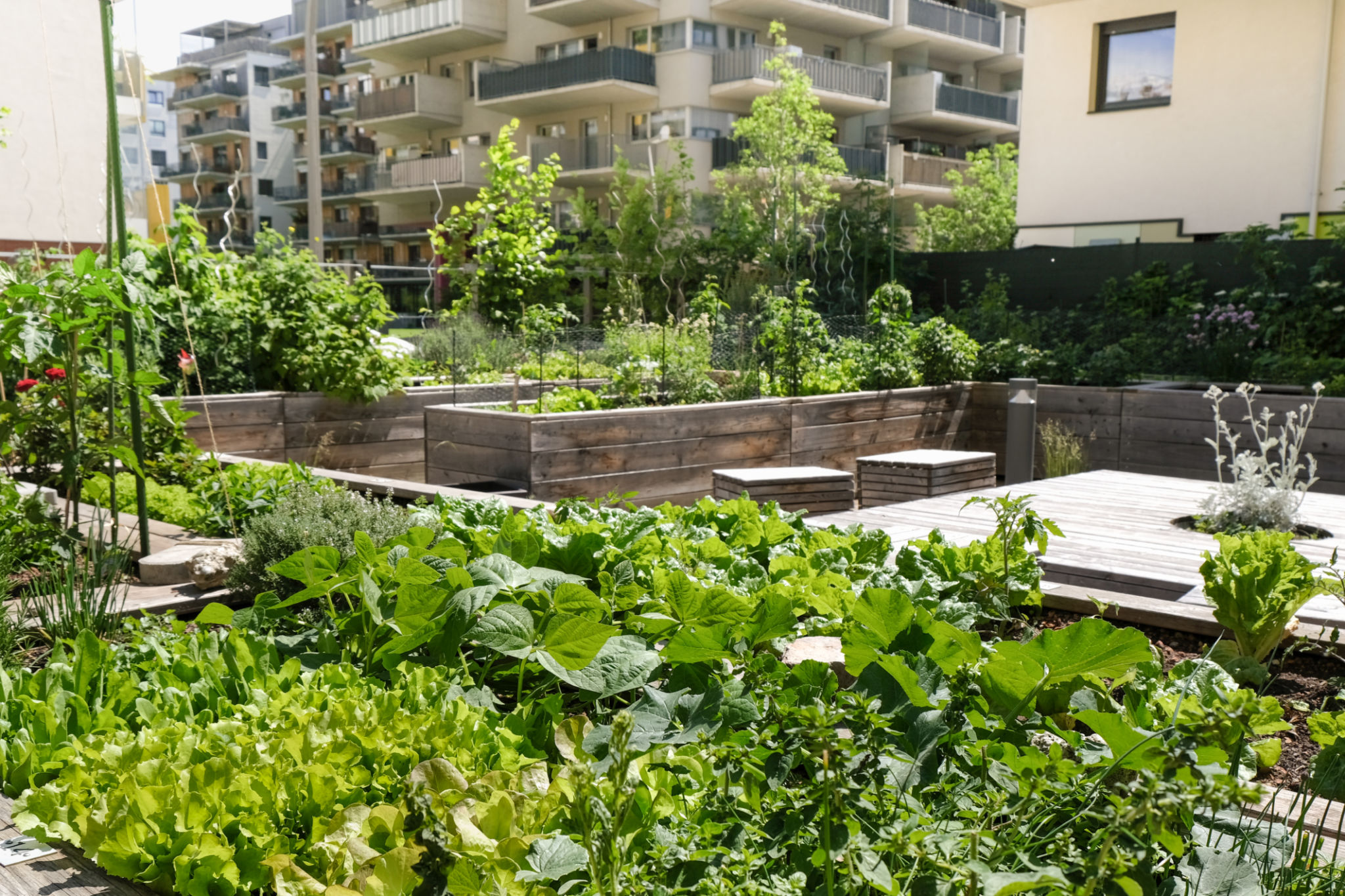Urban Farming vs. Traditional Gardening: What’s the Best Fit for You?
Understanding Urban Farming
Urban farming is the practice of cultivating, processing, and distributing food in or around urban areas. It's a modern approach that leverages small spaces, often incorporating innovative techniques. This method is ideal for city dwellers who want to grow their own food but are limited by space. Urban farming can include rooftop gardens, vertical farms, and container gardening.

One of the most significant advantages of urban farming is its ability to reduce the carbon footprint. By growing produce locally, the need for transportation is minimized, leading to less pollution. Additionally, urban farms can contribute to food security by providing fresh produce to communities where access to fresh food might be limited.
The Allure of Traditional Gardening
Traditional gardening typically refers to cultivating plants in rural or suburban settings, often involving larger plots of land. This method has been practiced for centuries and is rooted in the natural ecosystem. Traditional gardens offer ample space for a variety of plants, making it easier to grow diverse crops and maintain soil health through crop rotation and other sustainable practices.

For those who enjoy spending time outdoors and have the necessary space, traditional gardening can be incredibly rewarding. It allows for a hands-on approach to growing food, fostering a deeper connection with nature. Furthermore, traditional gardens can support local biodiversity by providing habitats for a wide range of species.
Comparing the Benefits
Both urban farming and traditional gardening come with unique benefits. Urban farming is suitable for those with limited space and offers innovative solutions like hydroponics and aquaponics. These techniques can yield high productivity in small areas while conserving water. On the other hand, traditional gardening provides more room for experimentation with different plant varieties and techniques, such as companion planting.

Factors to Consider
When deciding between urban farming and traditional gardening, consider factors such as available space, climate, time commitment, and personal preferences. Urban farming requires creativity in space utilization but might also demand more technology and resources for setups like vertical gardens. Traditional gardening requires more land but can be less reliant on technology.
Climate plays a crucial role as well. Urban environments may face challenges like pollution and limited sunlight, whereas traditional rural gardens might offer more consistent growing conditions but require more maintenance due to larger areas.
Your Personal Goals
Your personal goals are also essential when choosing between these two methods. If your primary aim is sustainability and reducing your carbon footprint, urban farming may be the best choice. Alternatively, if you seek relaxation and have a passion for elaborate landscaping projects, traditional gardening might suit you better.
Ultimately, both urban farming and traditional gardening offer rewarding experiences that can enhance your lifestyle. Whether you choose the bustling innovation of urban agriculture or the serene expanses of traditional gardening, the key is to cultivate a practice that aligns with your values and living situation.
